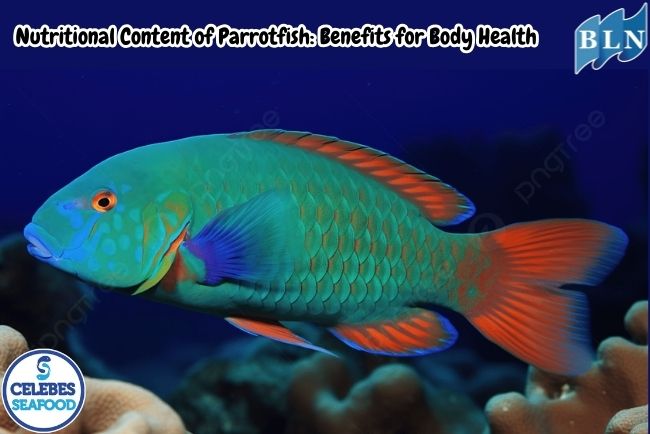Pinisi Ship: The Maritime Heritage of Indonesia
By. Amma - 20 Aug 2025
lautnusantara.com_ The Pinisi ship is a traditional sailing vessel originating from the Bugis and Makassar people of South Sulawesi, Indonesia. For centuries, it has symbolized the maritime glory of the Indonesian archipelago. Built with sturdy wooden construction and iconic sails, the Pinisi was once the backbone of inter-island trade and is now celebrated as a cultural icon and a popular vessel for marine tourism.
History of the Pinisi Ship
The origins of the Pinisi can be traced back to the 14th century when the Bugis-Makassar people were known as skilled sailors and traders. These vessels were used to cross vast oceans, transport spices, and explore islands throughout the Indonesian archipelago. The craftsmanship of building Pinisi ships has been passed down for generations, particularly in the villages of Ara and Tanah Beru in Bulukumba Regency, South Sulawesi, which remain the main centers of Pinisi shipbuilding today.
Characteristics of the Pinisi
-
Double Masts with Seven Sails → The Pinisi has two main masts and seven sails, symbolizing the seven levels of seafaring knowledge in Bugis tradition.
-
Wooden Construction Without Iron Nails → Instead of nails, wooden pegs are used, creating strong, flexible, and durable vessels.
-
Spacious Deck and Large Hull → Capable of carrying hundreds of tons of cargo.
-
Elegant Design → Known for its graceful and proportional shape, reflecting the beauty of traditional maritime craftsmanship.
Functions of the Pinisi
-
In the Past → Served as a trading vessel, transporting agricultural products, wood, and spices across the archipelago.
-
Today → Many Pinisi ships are modified into luxury liveaboard vessels, widely used for marine tourism in destinations such as Labuan Bajo, Raja Ampat, and the Komodo Islands.
International Recognition
In 2017, UNESCO inscribed the Art of Pinisi Shipbuilding on the list of Intangible Cultural Heritage of Humanity. This recognition highlights that the Pinisi is not just a ship, but also a symbol of local wisdom, national identity, and Indonesia’s proud maritime heritage.
The Pinisi ship stands as a living legacy of Indonesia’s seafaring tradition. From a traditional trading vessel to a modern-day tourism icon, it continues to showcase the skill of Bugis-Makassar shipbuilders and the rich maritime culture of Indonesia. Preserving the Pinisi means preserving a vital part of the nation’s heritage for future generations.
If you are interested in our OCTOPUS WHOLE CLEANED BALL TYPE, OCTOPUS WHOLE CLEANED FLOWER TYPE please do not hesitate to contact us through email and/or whatsapp.





.jpg)

